Bhit Shah: a diamond in the rough
The town of Bhit, better known as Bhit Shah, is a speck in the desert 200 kilometres northeast of Karachi. Like so many small towns in Pakistan, it would be unremarkable if it weren’t for an important shrine in the centre; that of Shah Abdul Latif Bhittai.
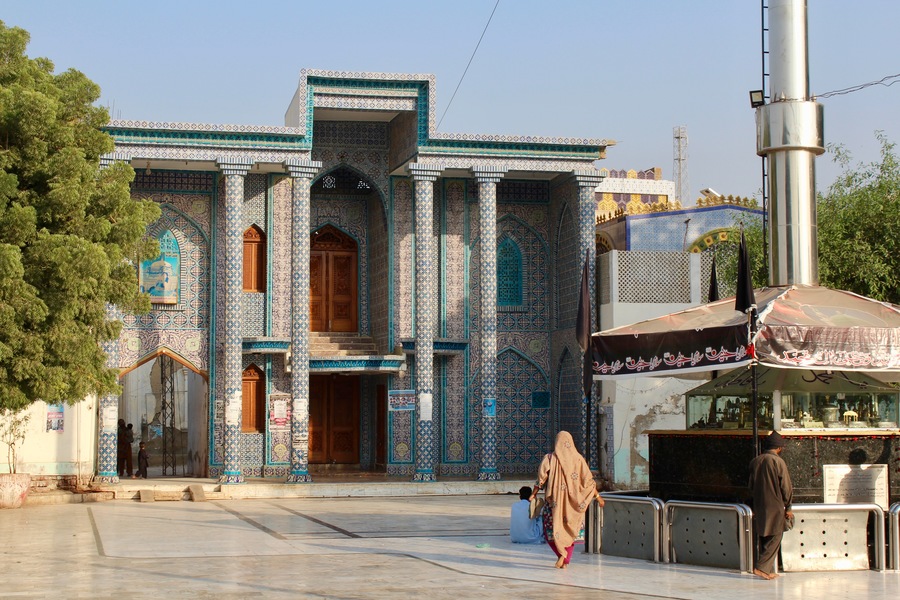
Shah Abdul Latif Bhittai is widely regarded as the Sindhi language’s greatest poet. Sindhi is a regional language in Pakistan, spoken by 53 million people, the second most common mother tongue and Pakistan’s third most widely spoken language.
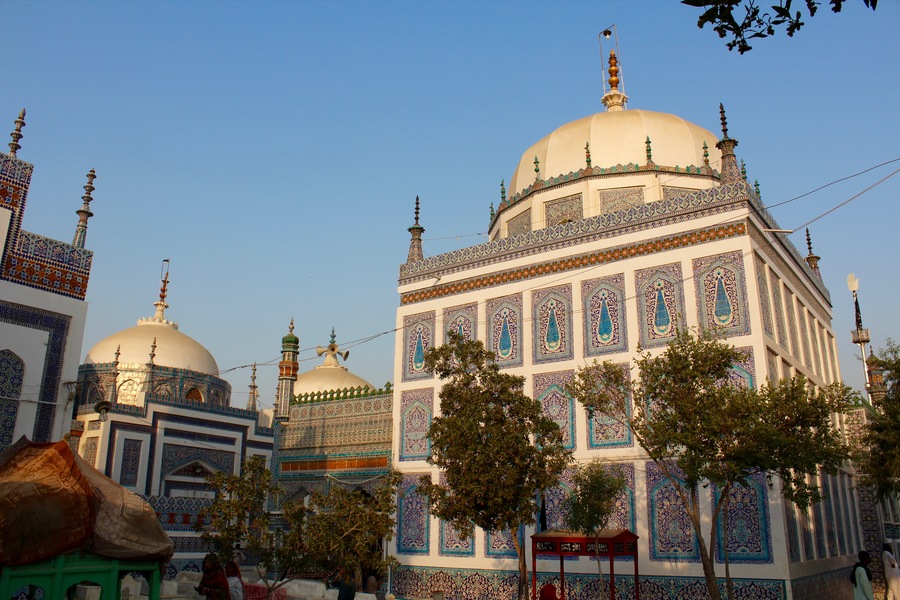
Bhittai was born in the town which was known as Sui-Qandar in 1689. His mystical poetry, weaving verse, faith and philosophy, would entrance millions during his life as he wandered the land. He was apparently fluent in Arabic and Persian, and sometimes spoke of others’ voyages to India, Sri Lanka and Istanbul, but he waxed lyrical of his love for his homeland of Sindh.
“Clouds return and once again, it rains, Lighting flashes from all sides, and with them, Some go to Istanbul others turn to the west, Some shine bright over China and others take care of, Samarkand, some wandered to Rome, to Kabul and Kandahar, some lie on Delhi, Deccan thundering over… My beloved Allah, may you always make Sindh, a land of abundance, my beloved Allah, may you make prosperous the whole universe.”
– Shah Abdul Latif Bhittai, Sur Sarang
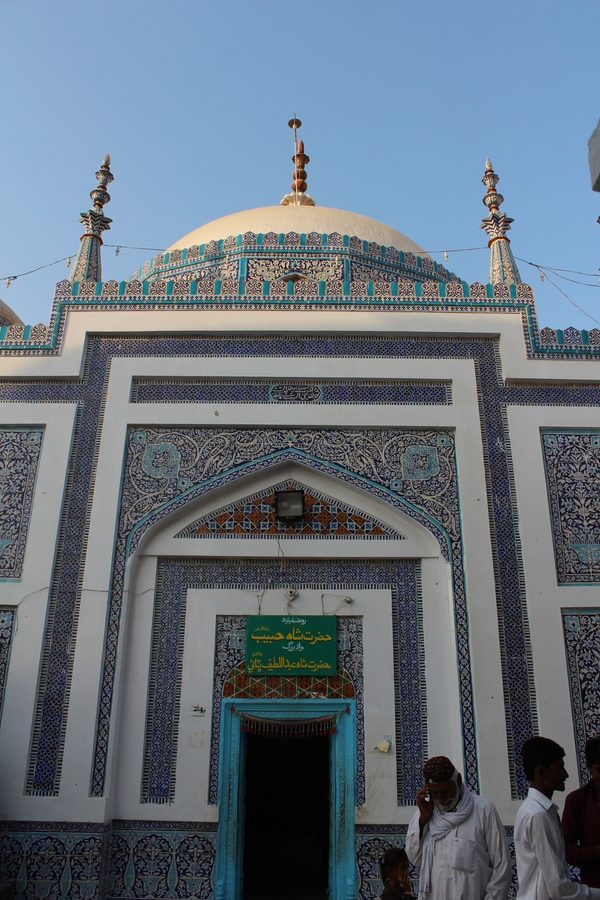
He is often compared to the Persian poet Rumi, of global renown. When he died in 1752 he was buried a few miles from Sui-Qandar at a town which came to be known as Bhit Shah – named after the great poet himself. And then began the outpouring of love for a man who, in many people’s eyes, had transcended mere humanity; something of a saint, a scholar who never went to school, a thinker and philosopher.
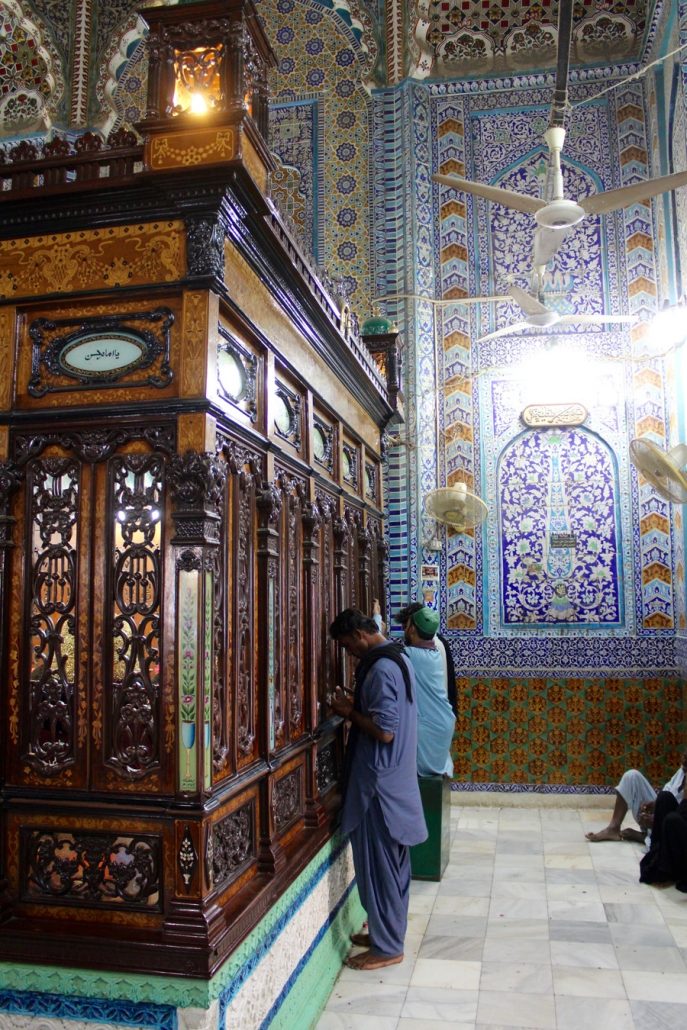
Nowadays Bhit Shah is most easily accessed by minibus from Sindh’s second largest city Hyderabad, 60 kilometres to the south. 40 minutes in a cramped van, then a qingqi ride from the main road into town, and the shrine comes into view, upon a small rise near the main roundabout.
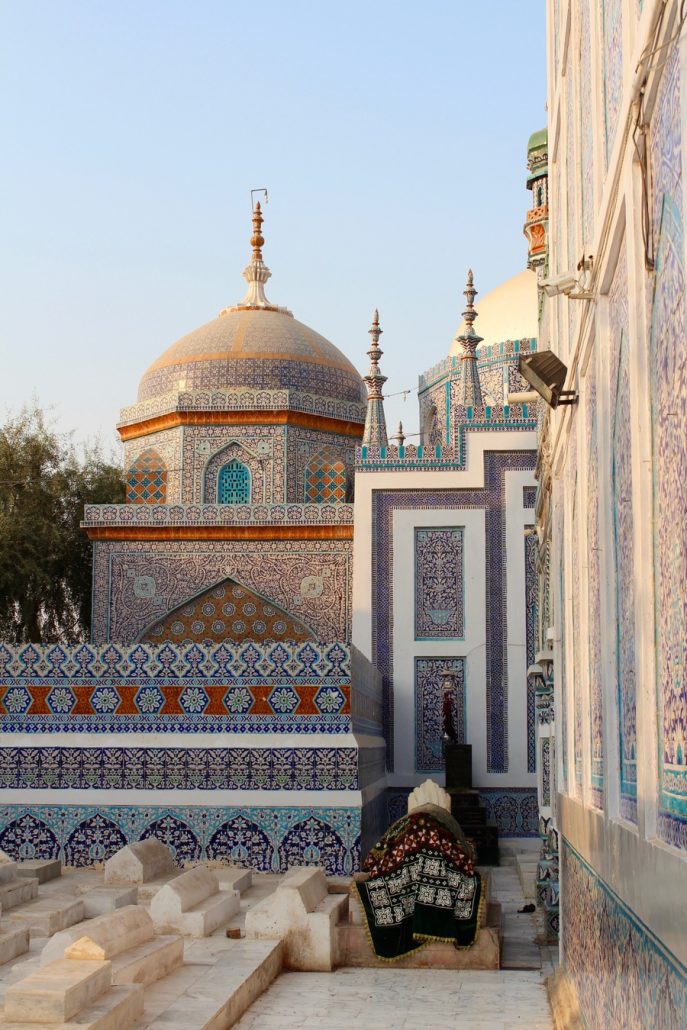
When we visited it was late afternoon, and the sun was beginning to cast its rays long across the courtyard outside. A group of devotees began to pluck at their instruments, and within minutes the strains of their strings and their voices rang out through the twilight.
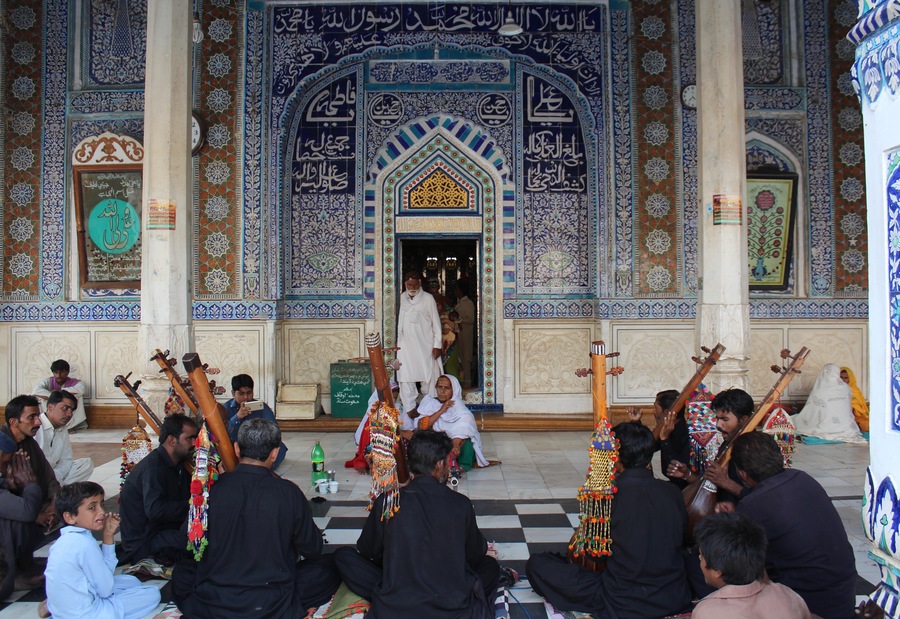
Inside, the shrine was small but remarkably ornate; blue and green wall tiles reflected the dappled light onto the wooden tomb itself. A group of women murmured in prayer at the side of the tomb, their arms linked together. Men sat on the floor in some sort of ethereal meditation; some were rocking back and forth, others sat oddly still.
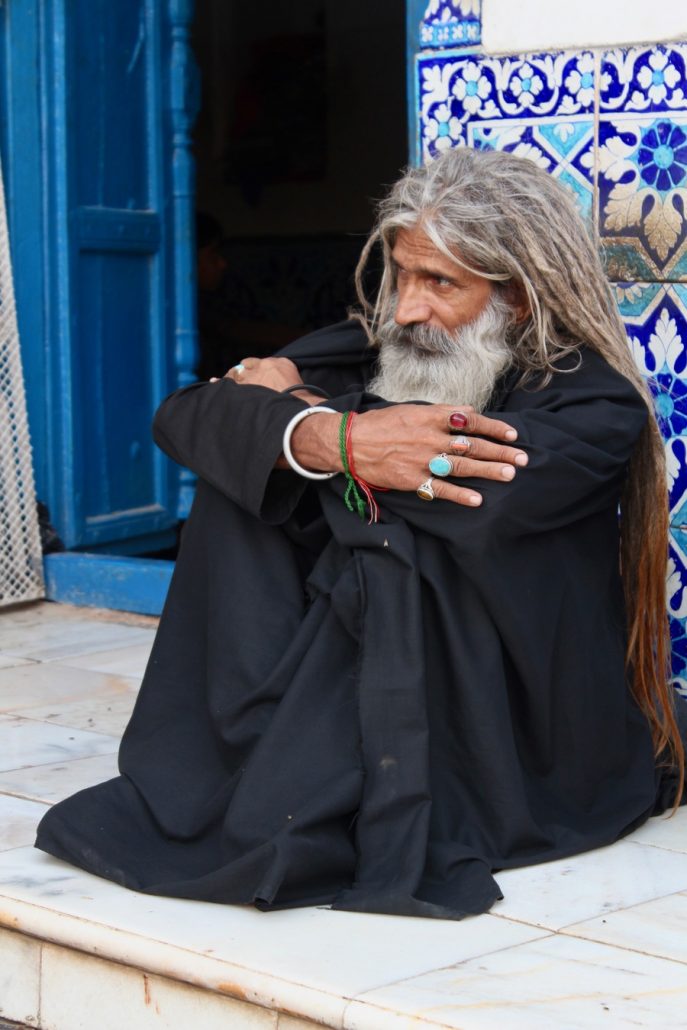
It’s not every day that many of us get to experience something like this, but in Pakistan the extraordinary is rather common in this way.
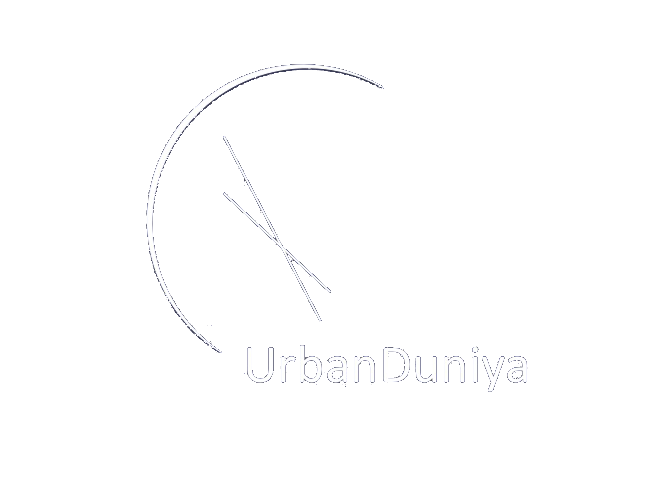
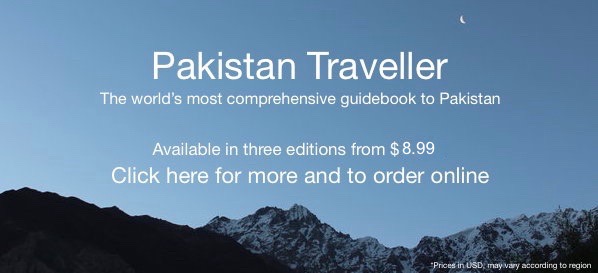
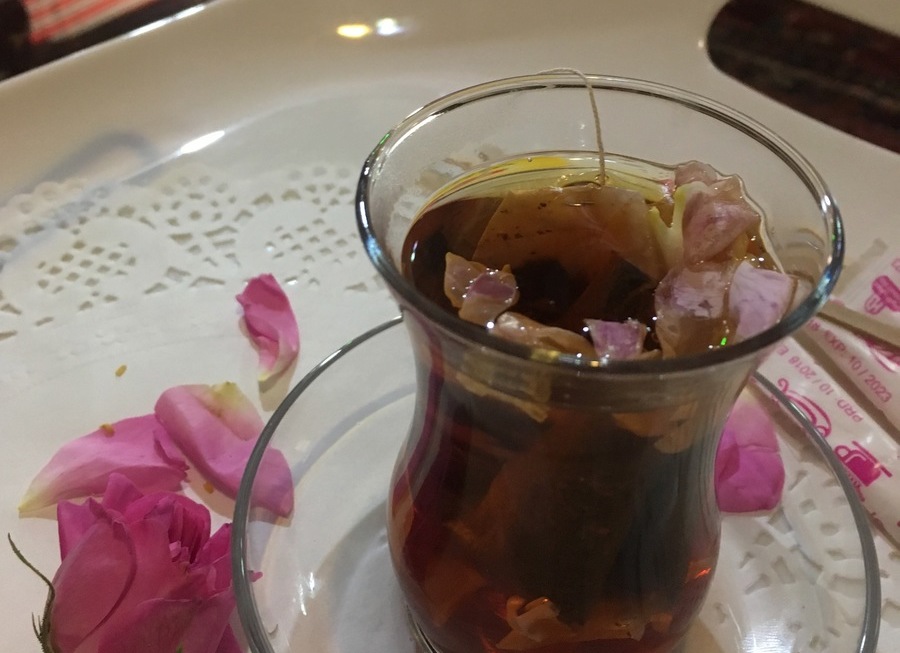


Feels like a bit of Persian influence there indeed! Not just design and colour, but the reverence they hold their poets!
Yes, definitely! Thanks for reading 🙂